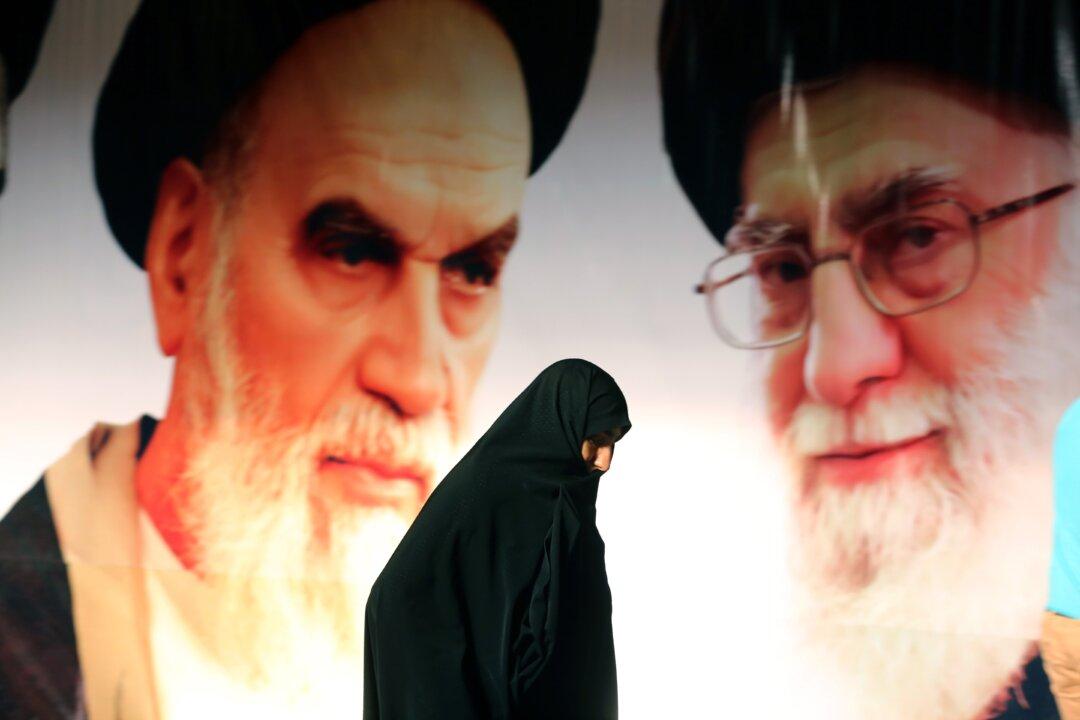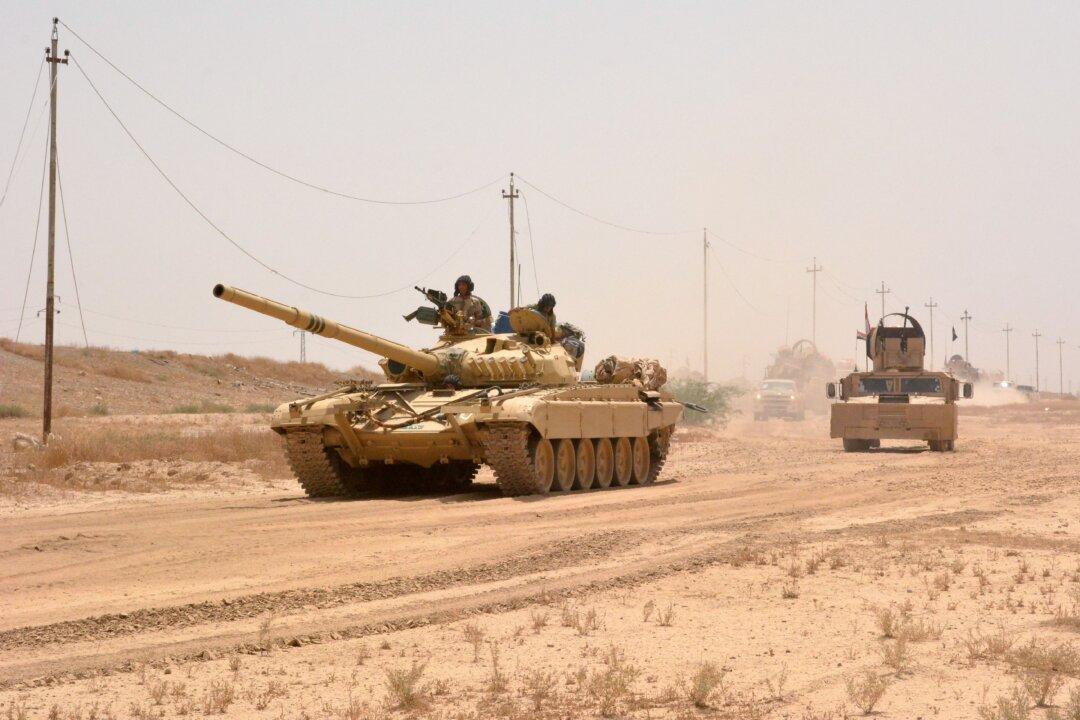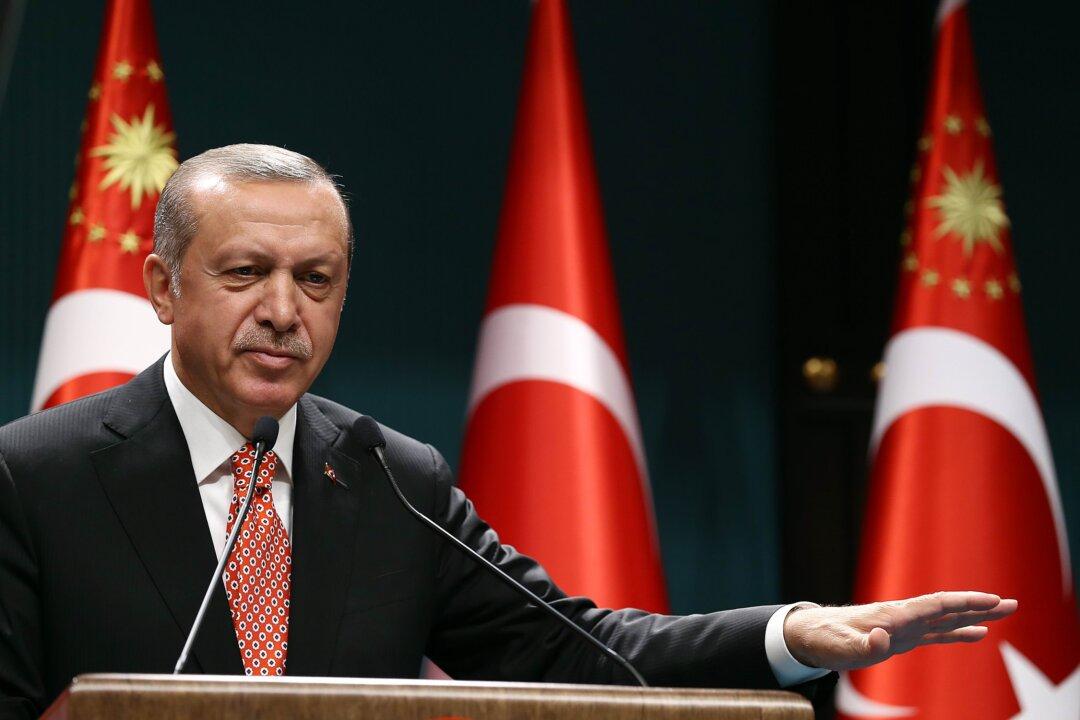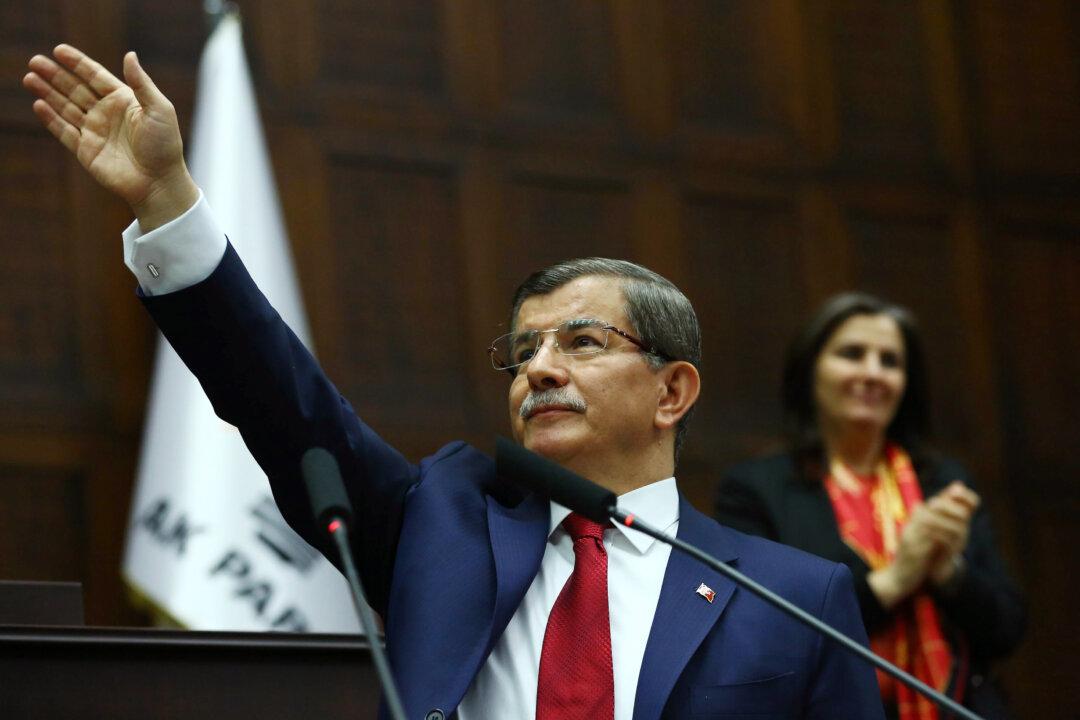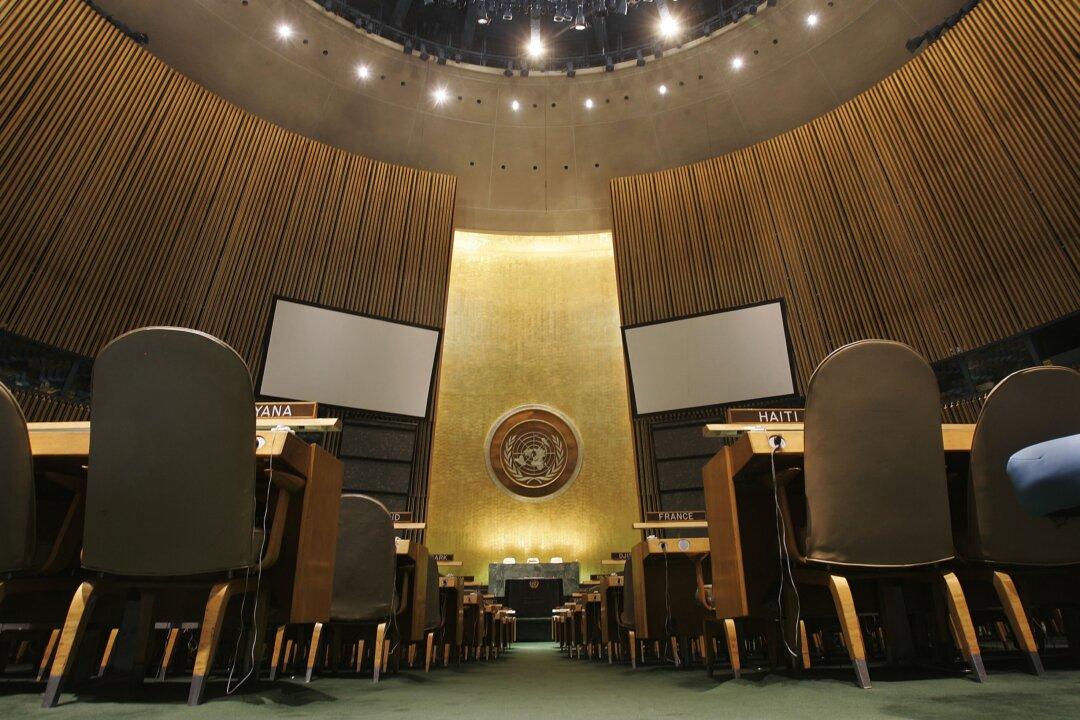Anyone who has followed Iran’s behavior since the 1979 Revolution cannot escape the fact that Iran is bent on restoring some, if not much, of its historical glory as the empire that for centuries dominated the Middle East and beyond. The 2003 Iraq War, which brought the Iraqi Shiites to power, provided Iran with a momentous opportunity to establish a strong foothold in Baghdad.
Moreover, Tehran’s enduring support of the Assad regime in Syria, its continuing aid to insurgents and terrorist organizations throughout the region, its rejection of Israel’s very existence, and its challenge of the Sunni Arab states all point to its regional ambitions and national aspirations.
Regardless of the Iran deal, Tehran’s quest to become a nuclear power will not change. Iran is determined to maintain its dominant role over the crescent extending from the Mediterranean to the Gulf (including Iraq, Syria, and Lebanon), which is at the core of its long-standing drive to emerge as the region’s hegemon.
The real or perceived threat against Israel and the Sunni Arab states that Iran poses, however, cannot be dealt with by merely reiterating how ominously dangerous Iran is, as Prime Minister Netanyahu and other Arab leaders have often done.
Although the Iran deal is designed to prevent it from acquiring nuclear weapons, Tehran will eventually attain the technology and materials necessary to produce a nuclear weapon in short order. Indeed, in spite of the sanctions that nearly crippled its economy, Iran has remained resolute in pursuing policies consistent with its overall objective.
In fact, there is little that either Israel or the international community can do to prevent Iran from realizing the nuclear threshold once the deal expires, or perhaps even before that.
Attacking Iran’s nuclear facilities now or in the foreseeable future will do no more than temporarily halt Iran’s nuclear weapons program for only a few years. Iran will then be in a position to resume it with greater resolve and reject any international monitoring. Moreover, the unpredictable consequences of such attacks could ignite a major regional conflagration that neither Israel nor the Sunni Arab states want.
For these reasons, to counter Iran’s regional ambition, Israel and the Sunni Arab states should establish a parallel crescent to stop Iran in its tracks (see map). The new crescent would similarly extend from the Gulf to the Mediterranean and include Saudi Arabia, Bahrain, Kuwait, Qatar, United Arab Emirates, Oman, Jordan, Palestine, Israel, and Egypt, with a Sunni population of approximately 136 million, versus Iran, Iraq, Lebanon (where Hezbollah wields significant power), and Syria (where the vast majority of Shiites are Alawite), with approximately 99 million Shiites.

